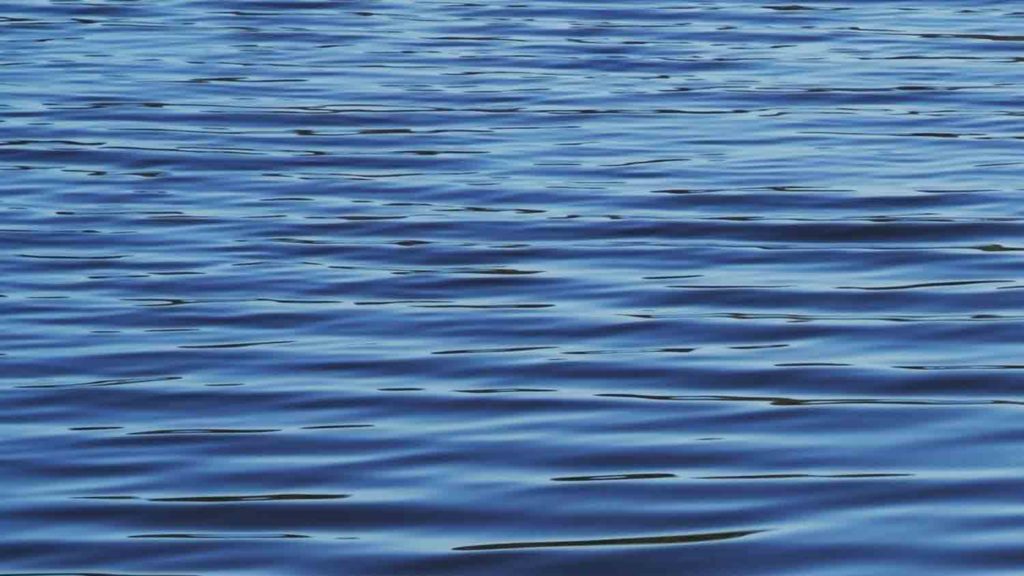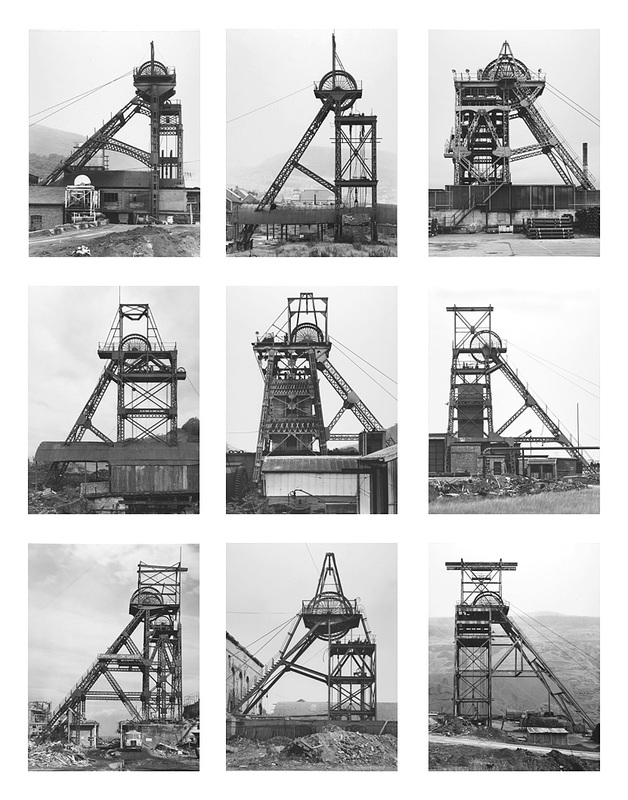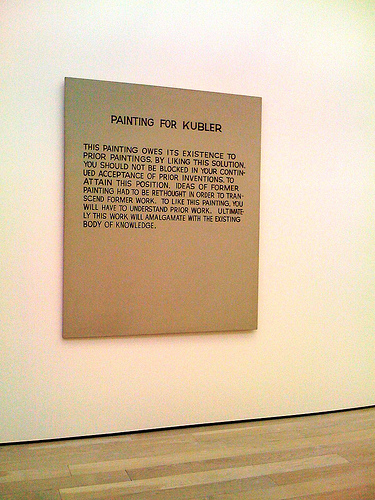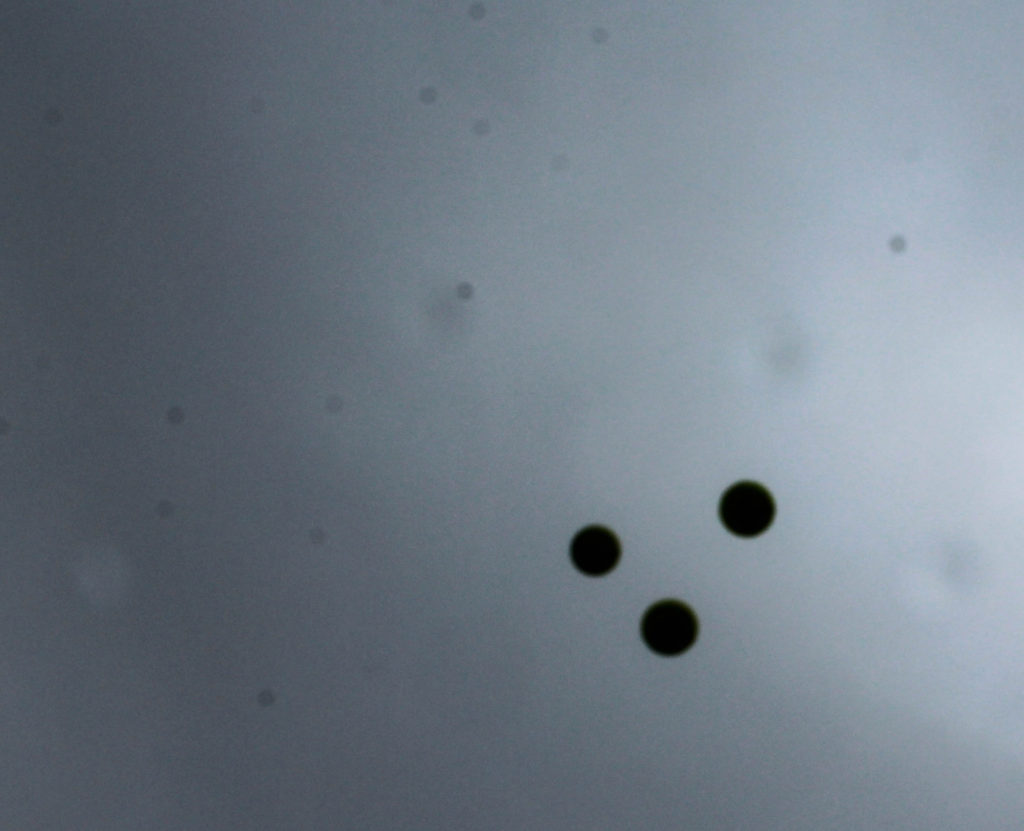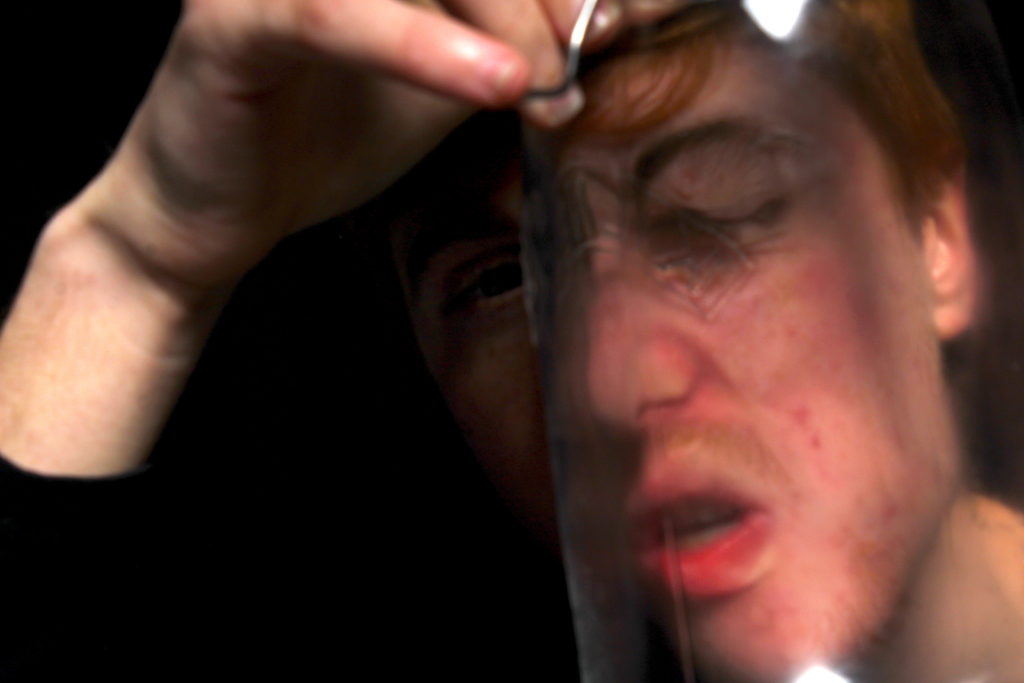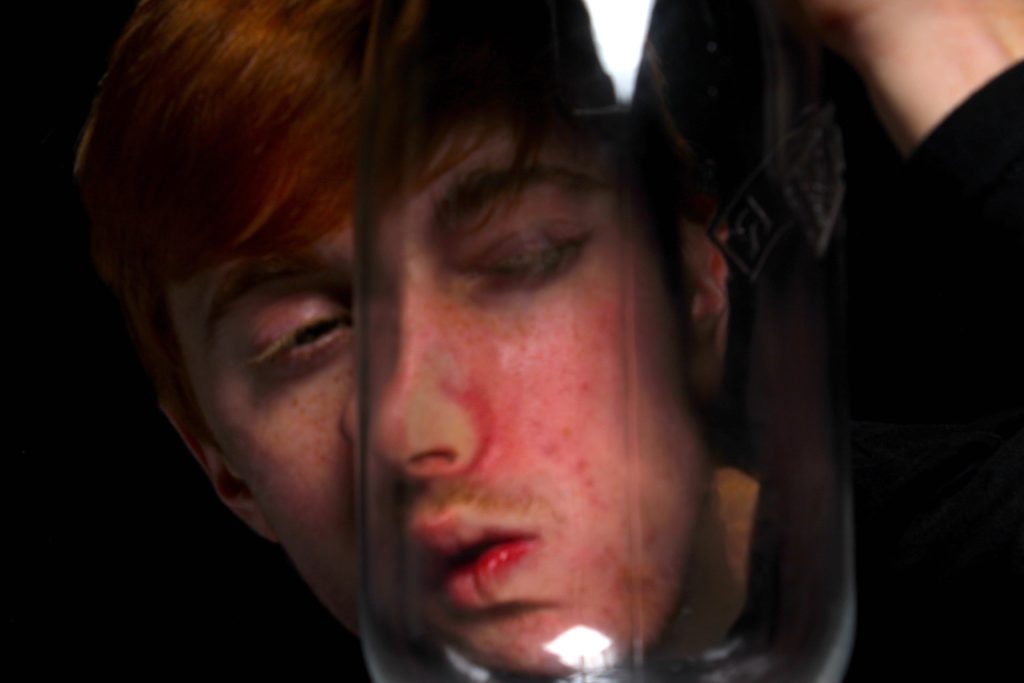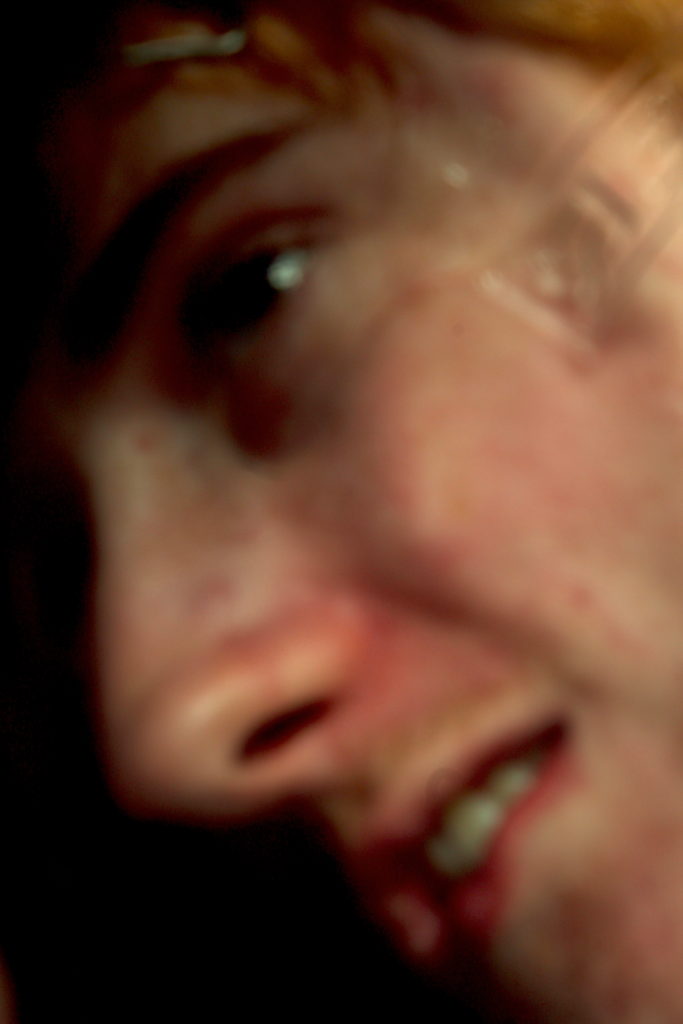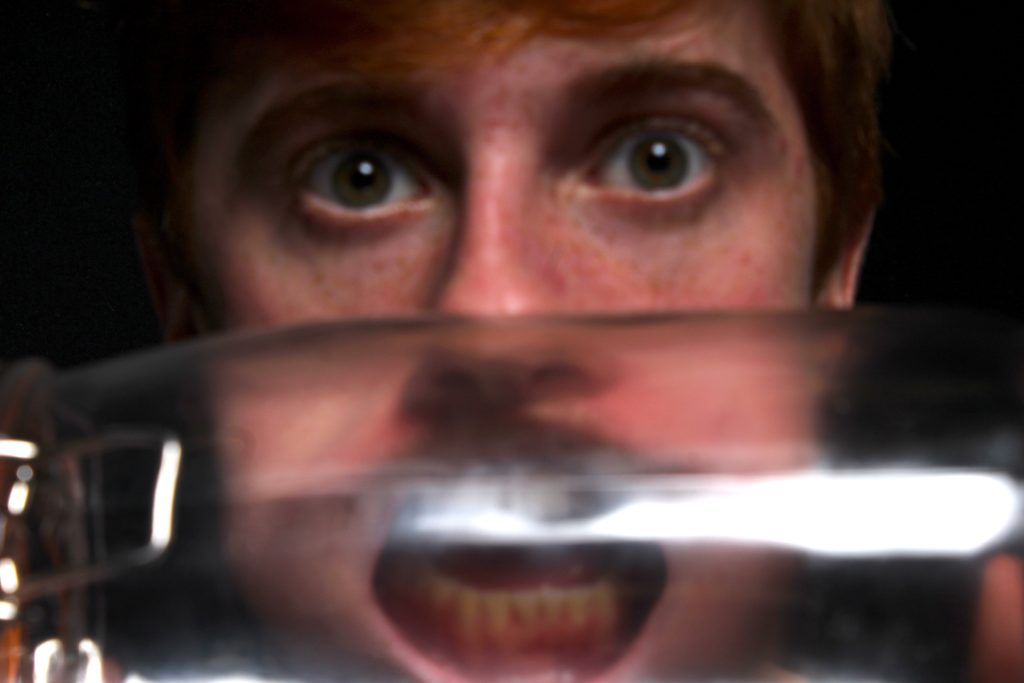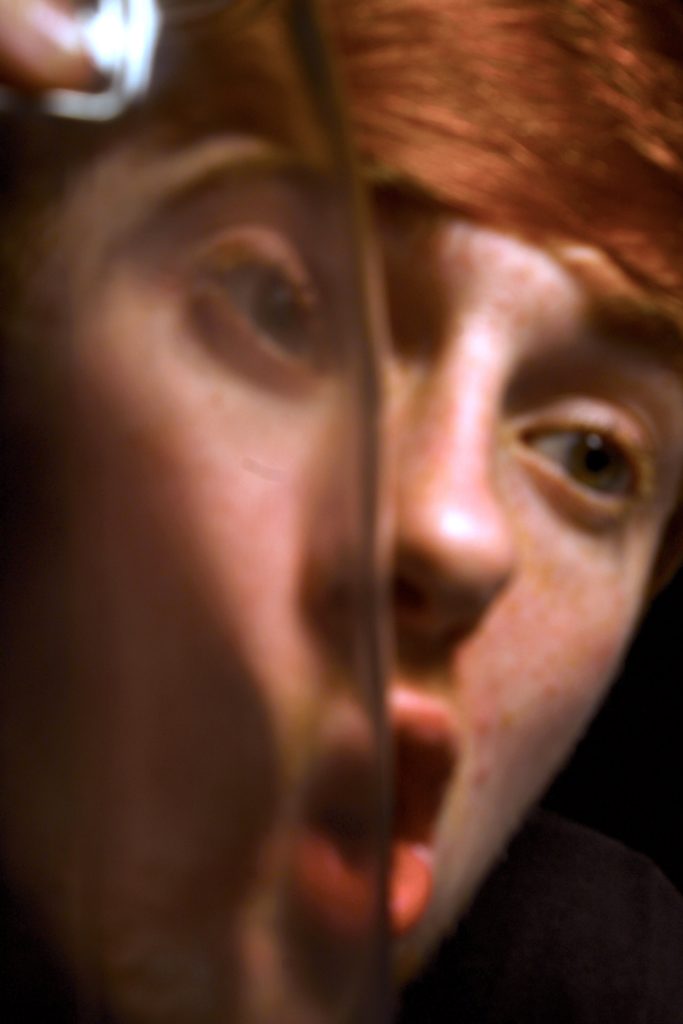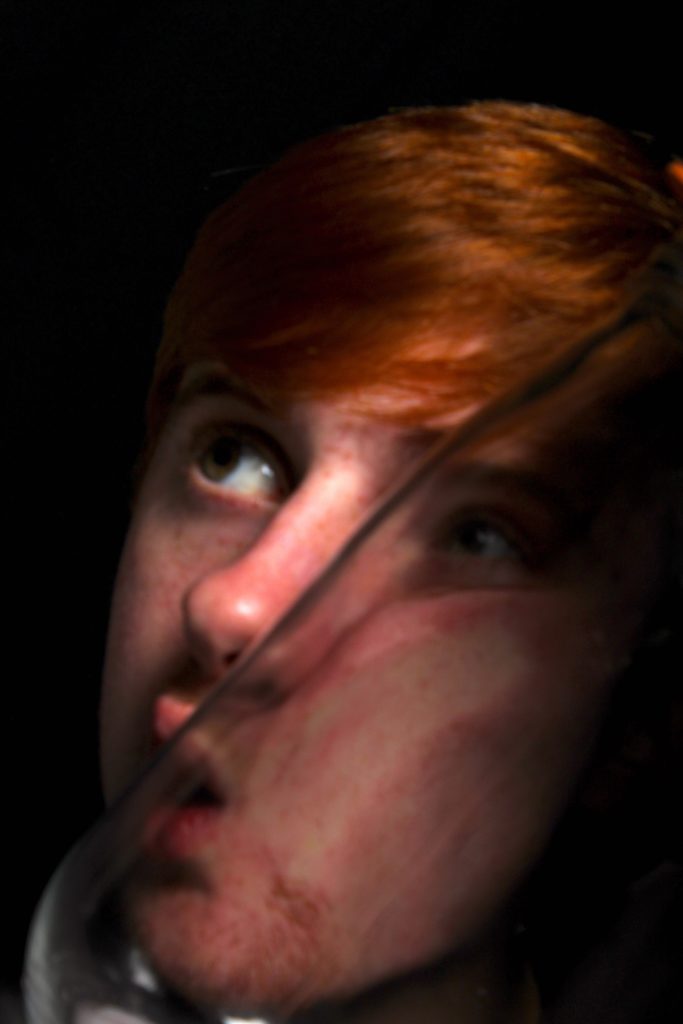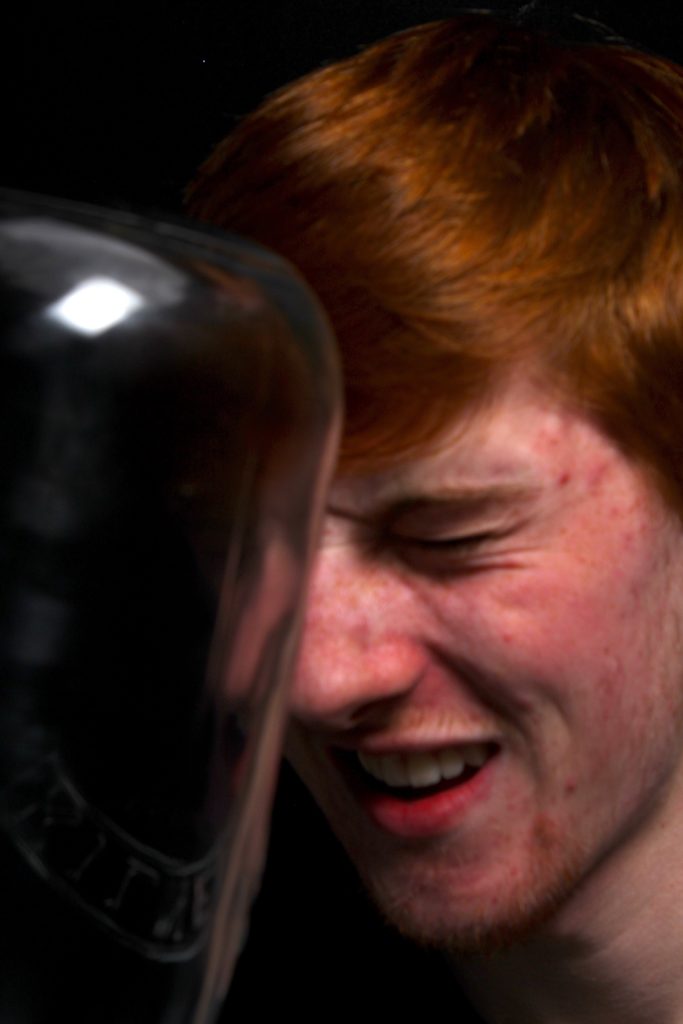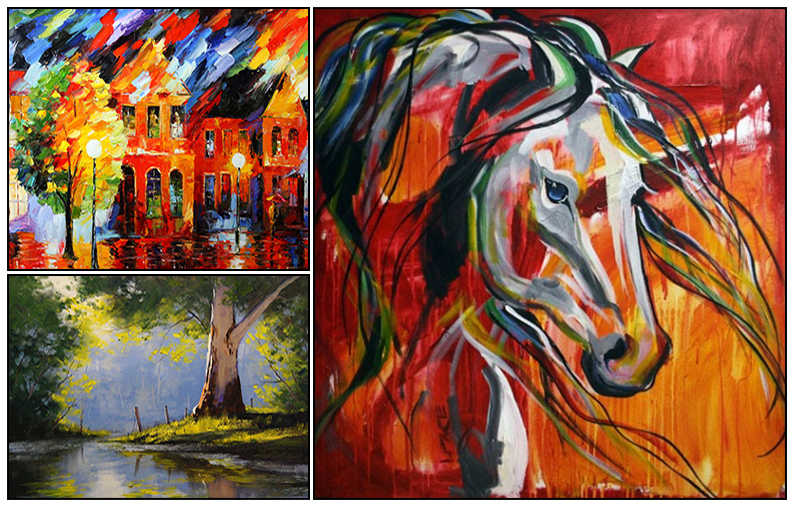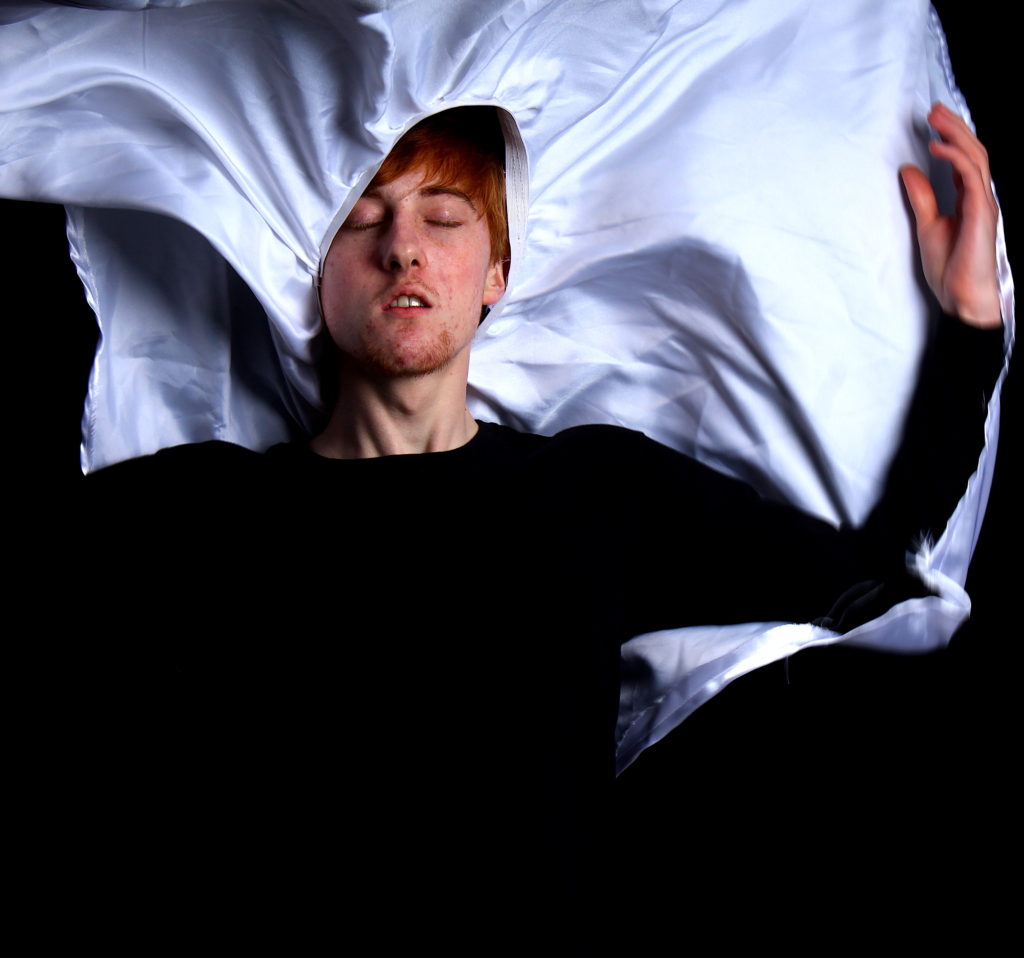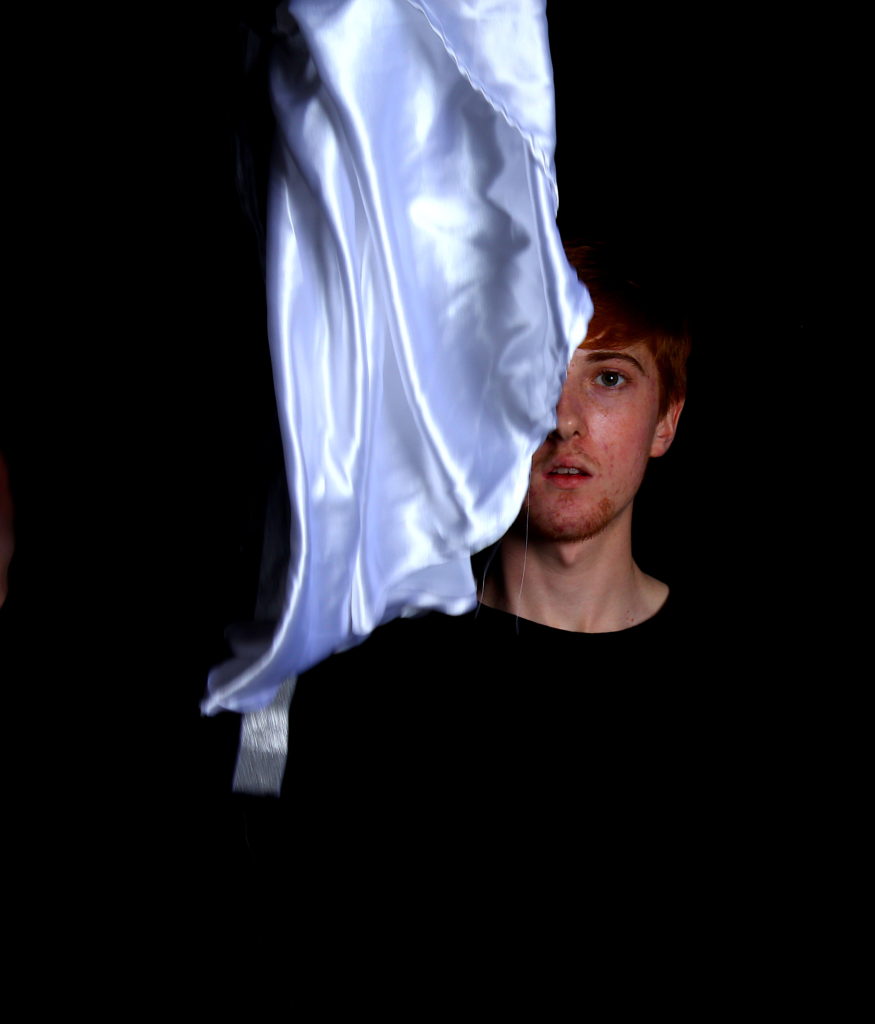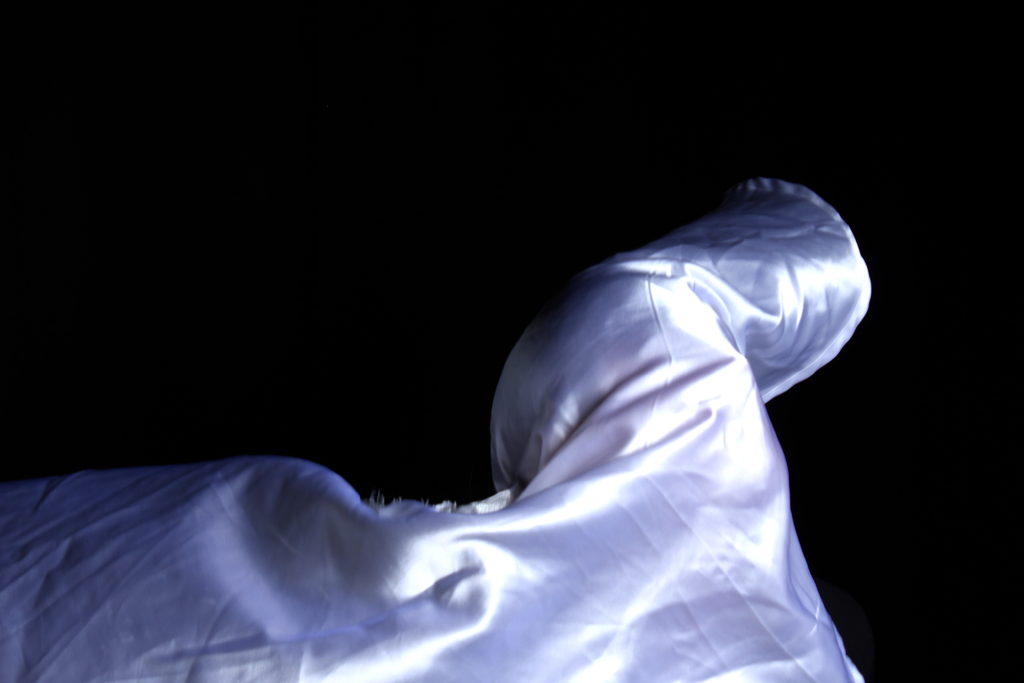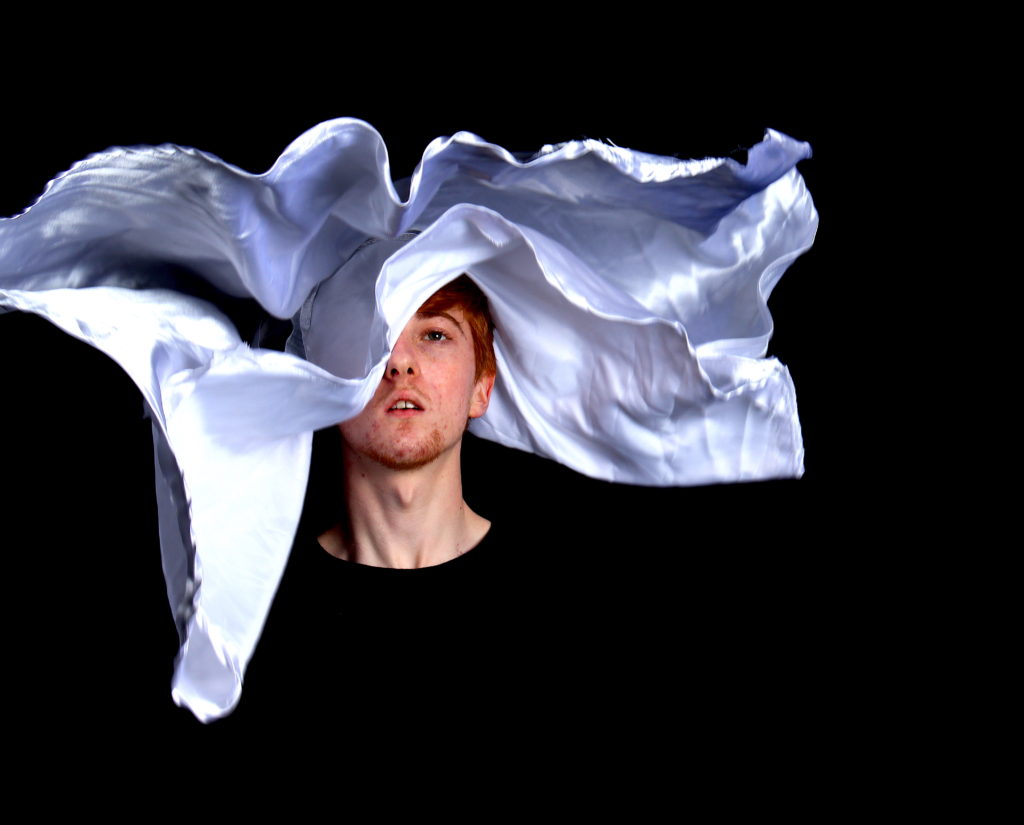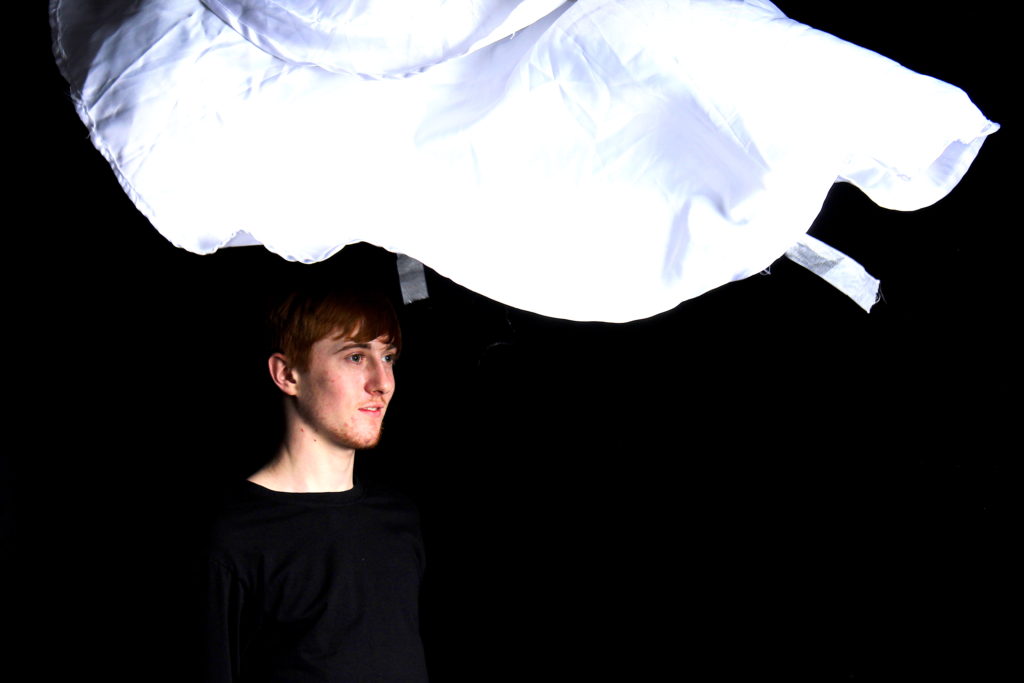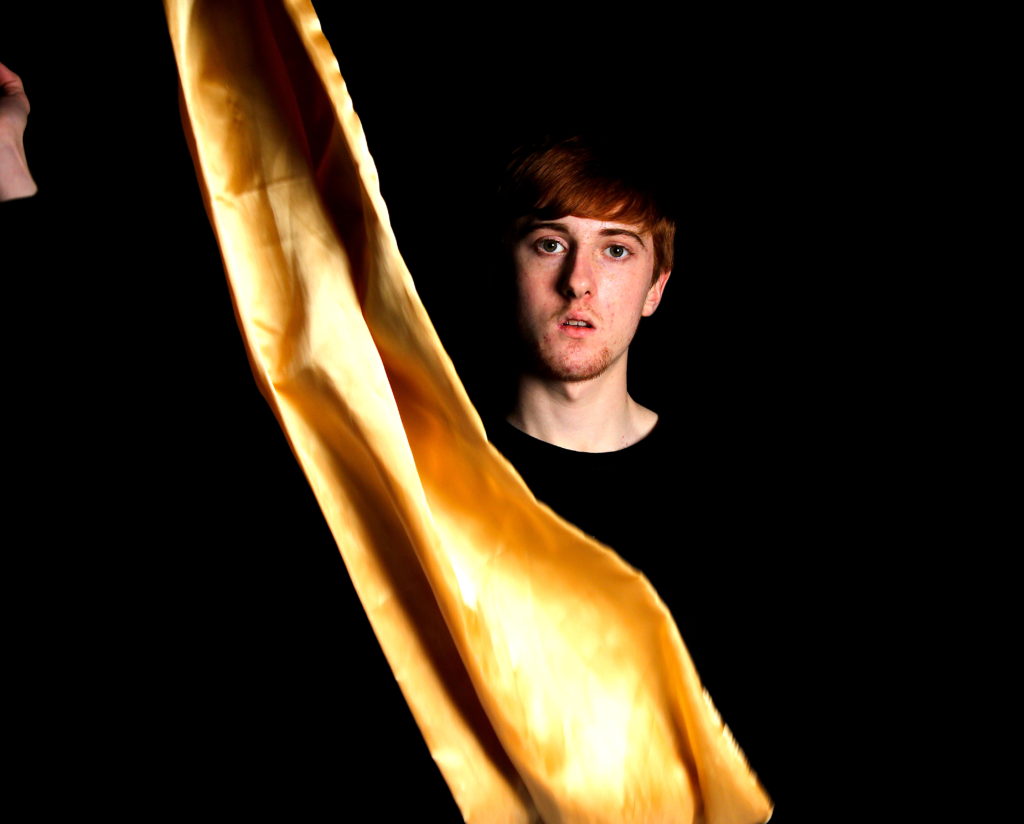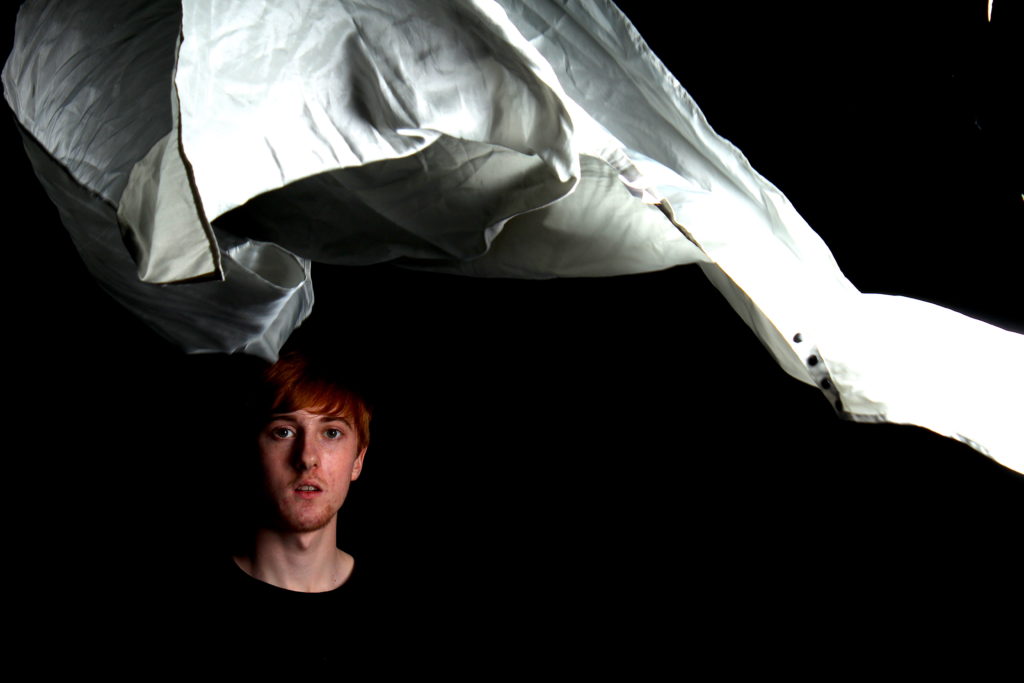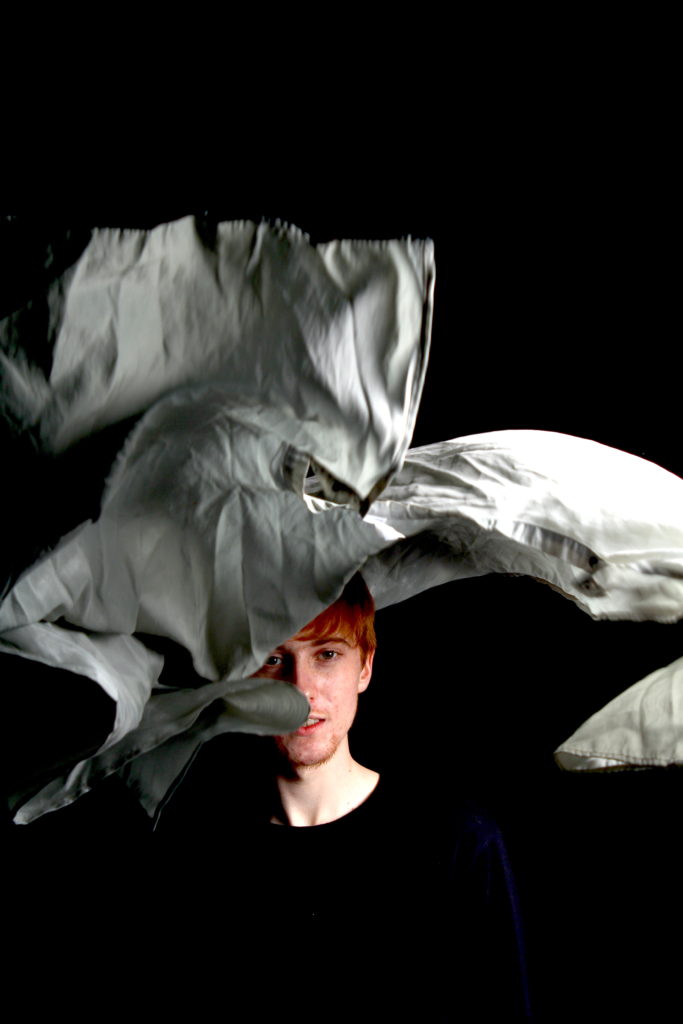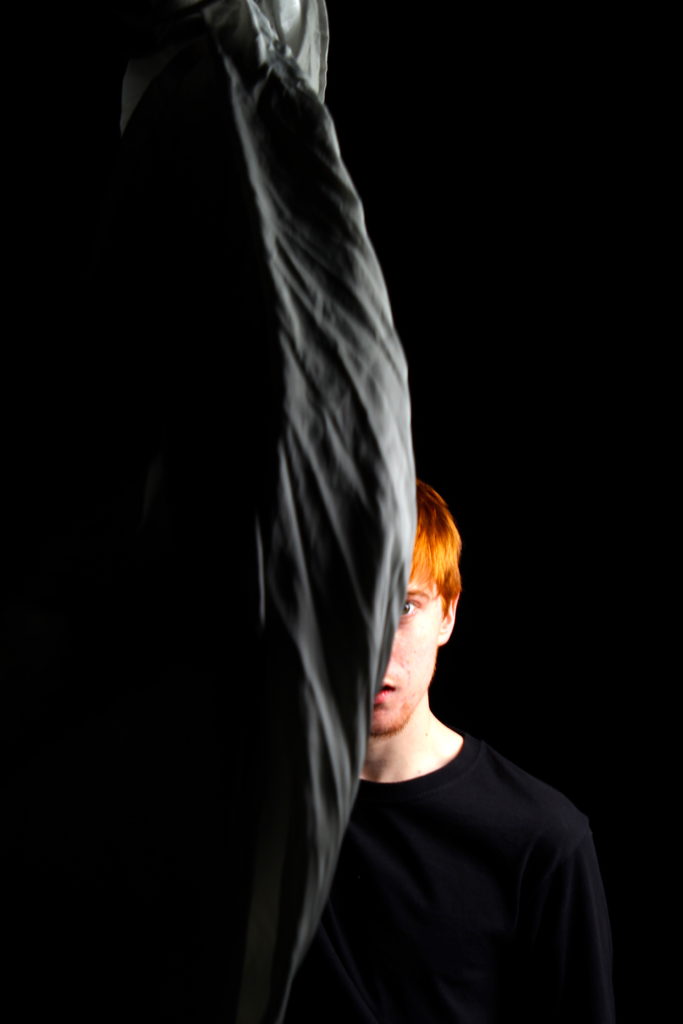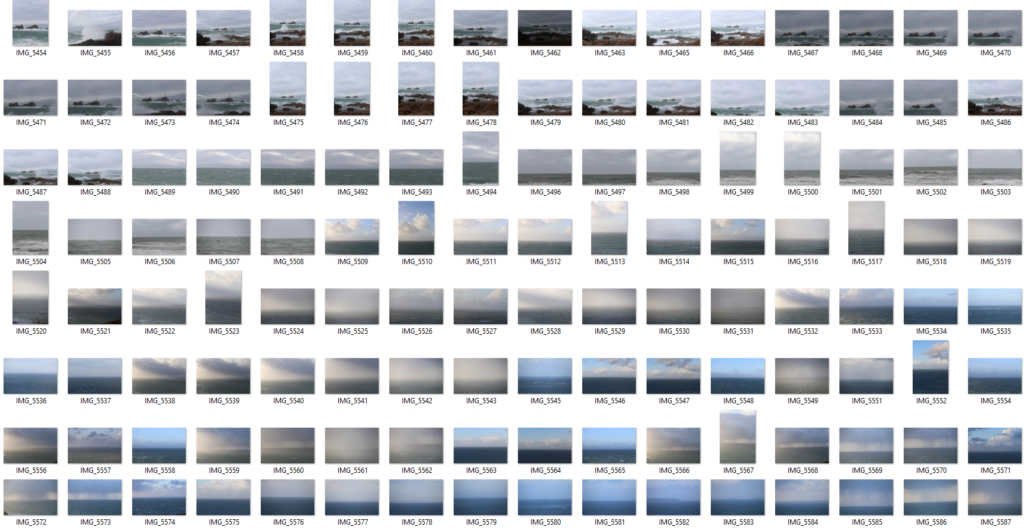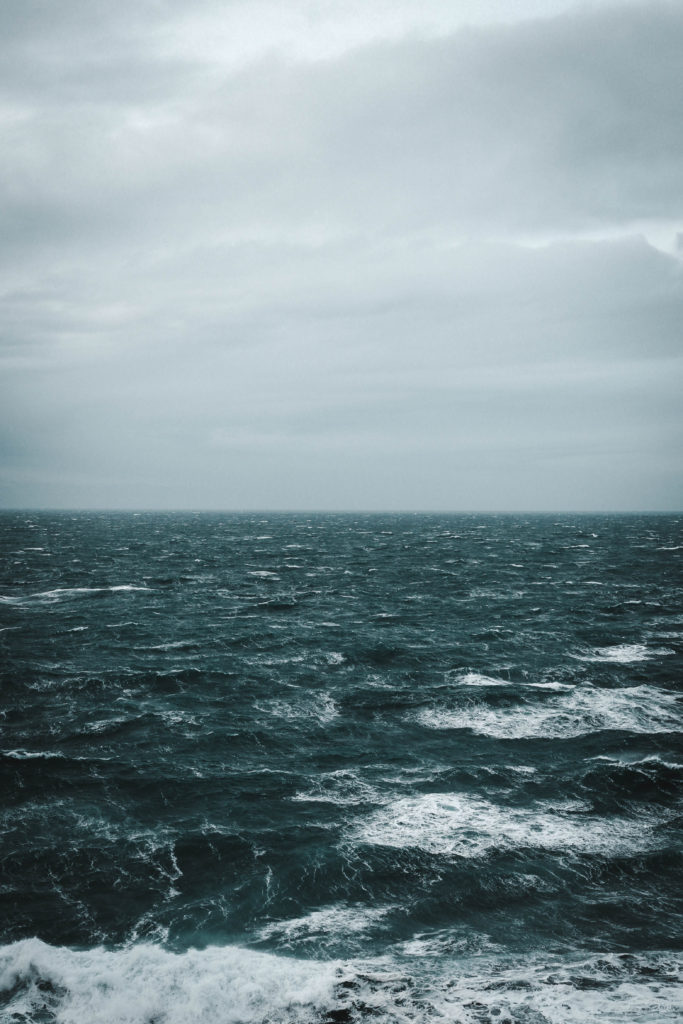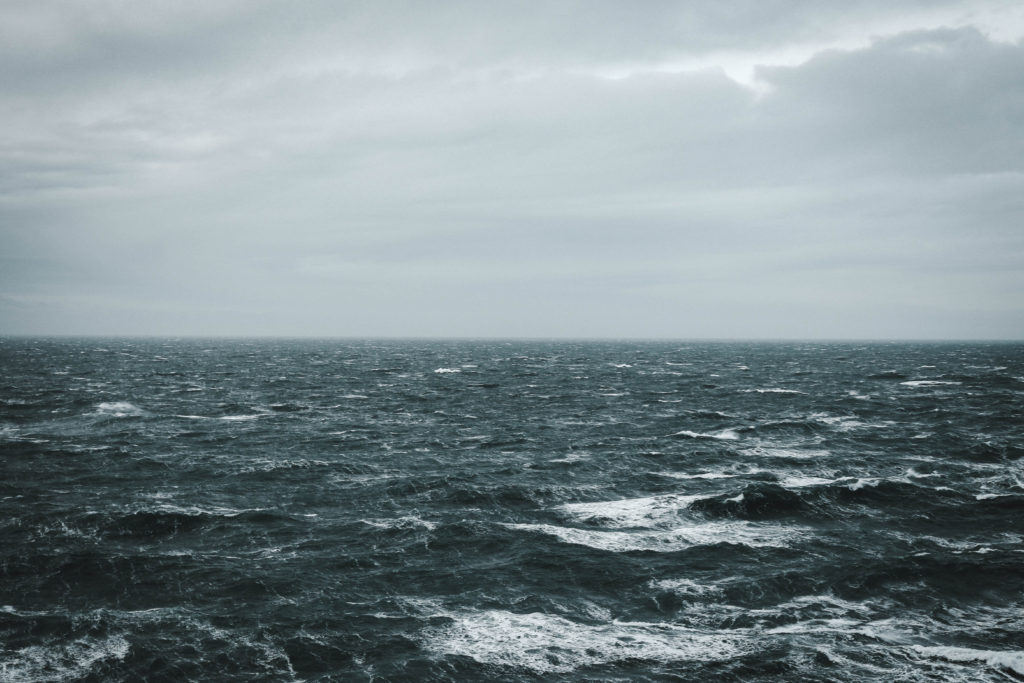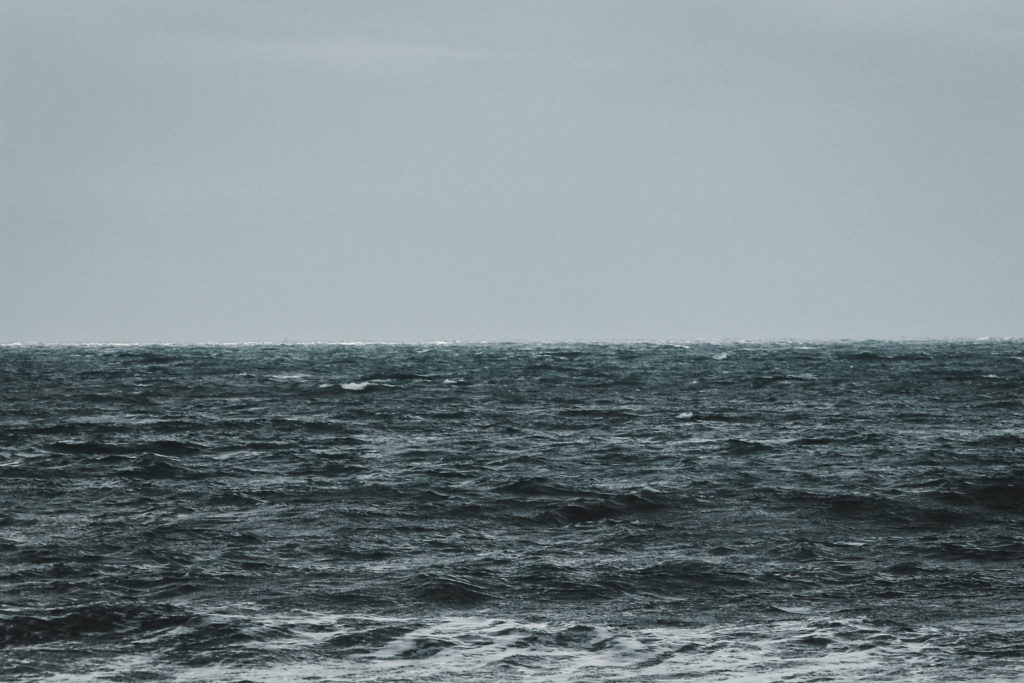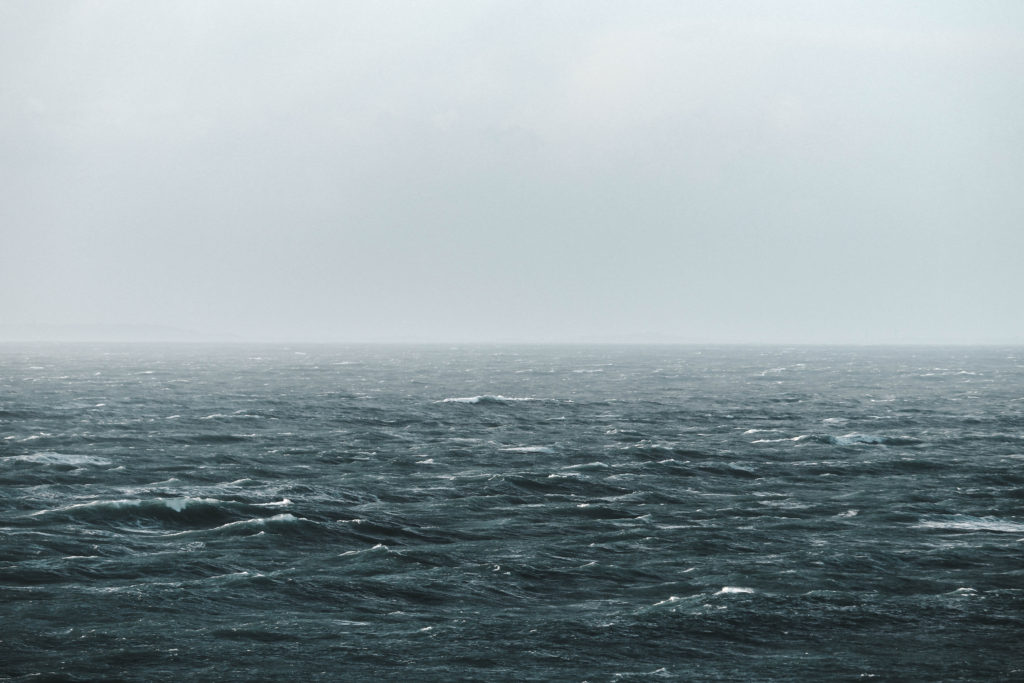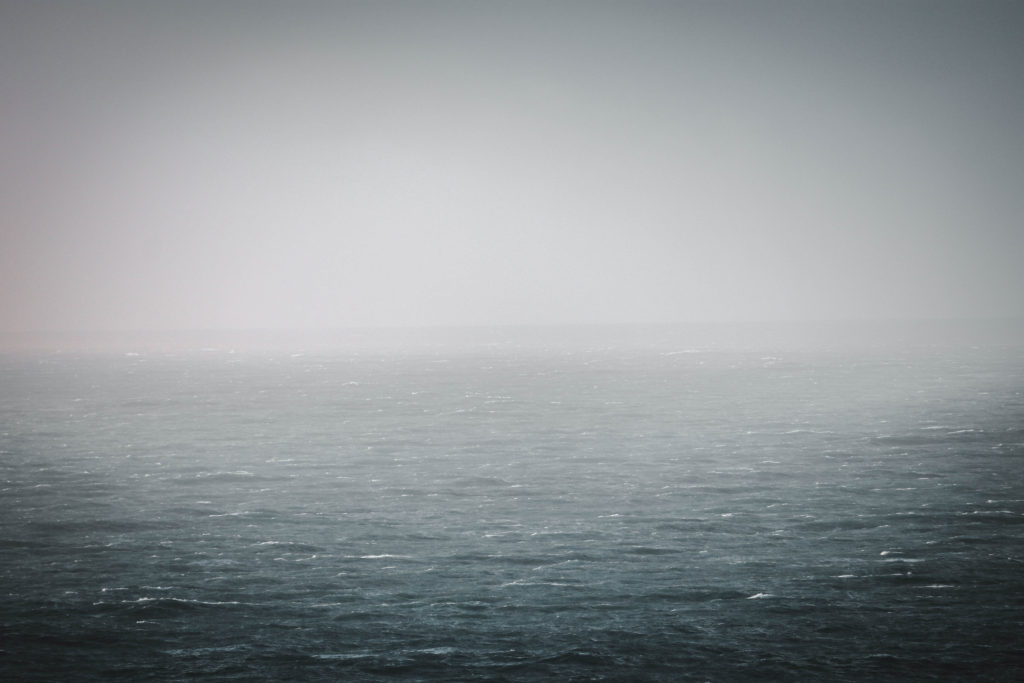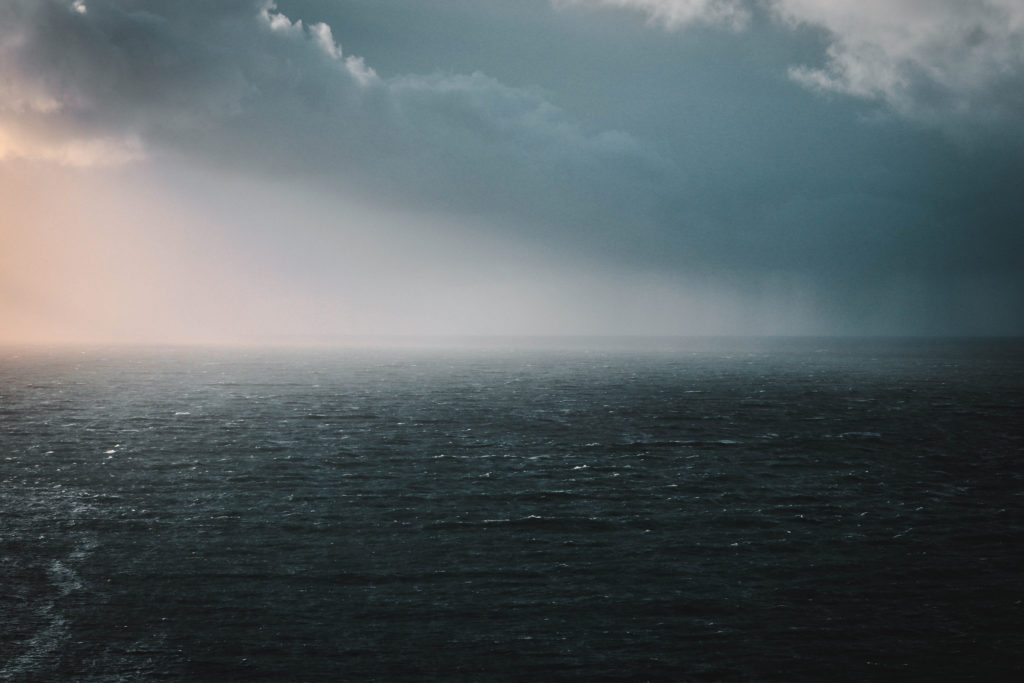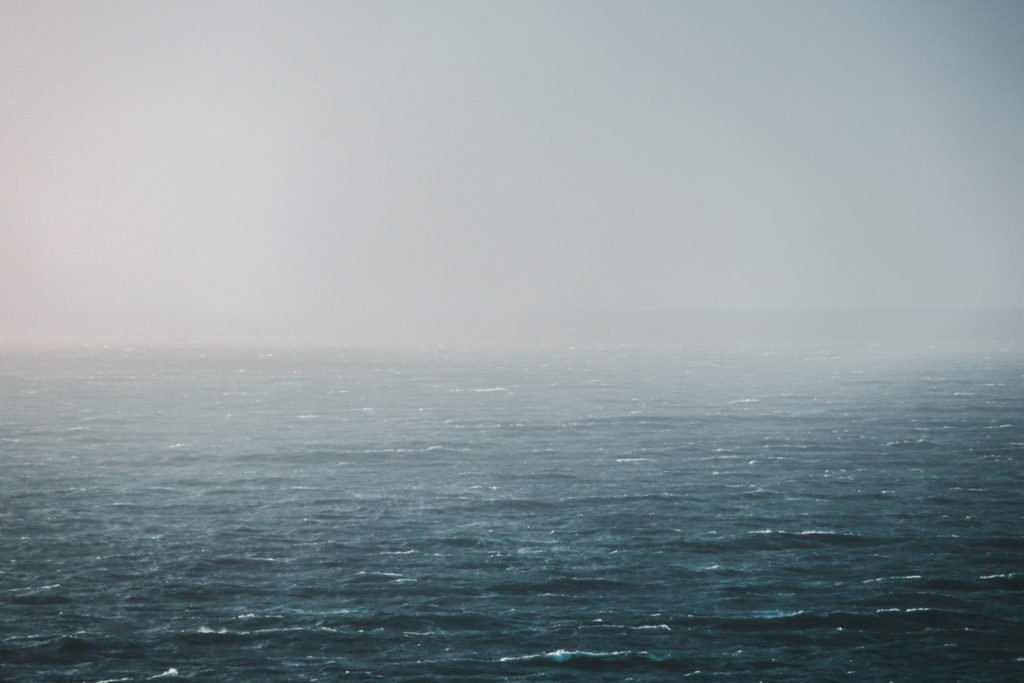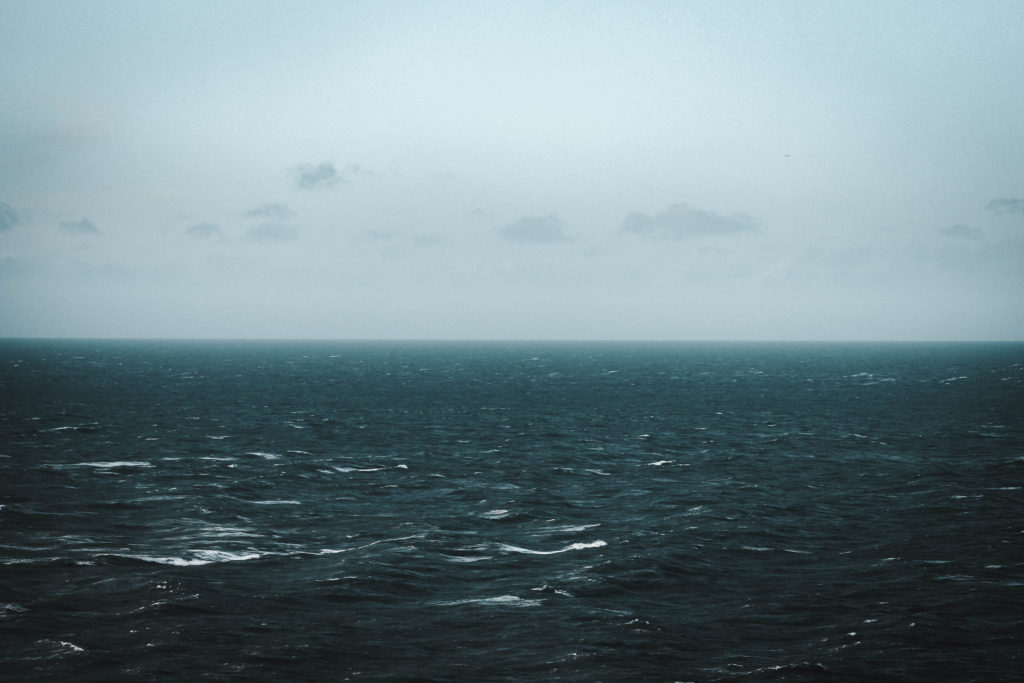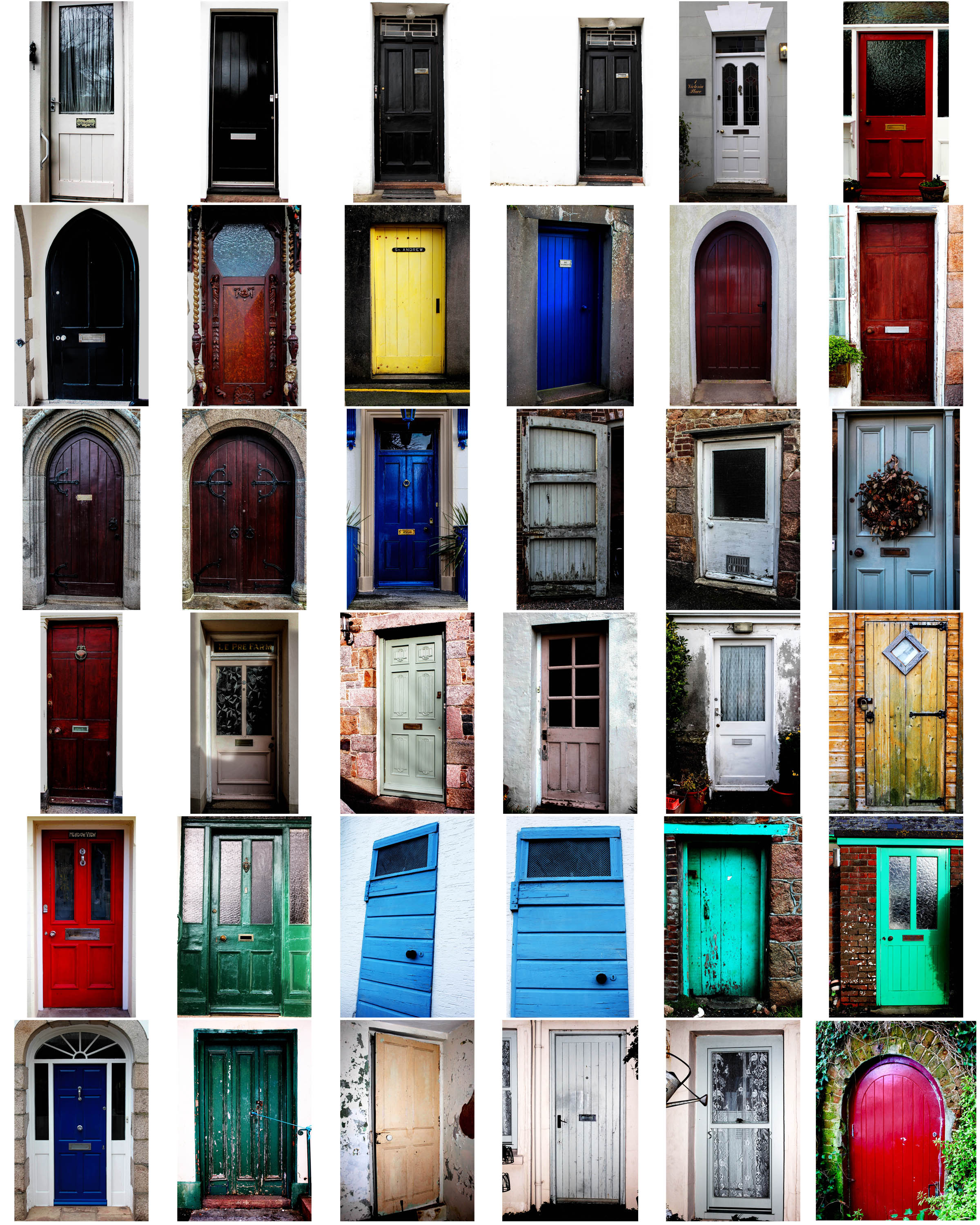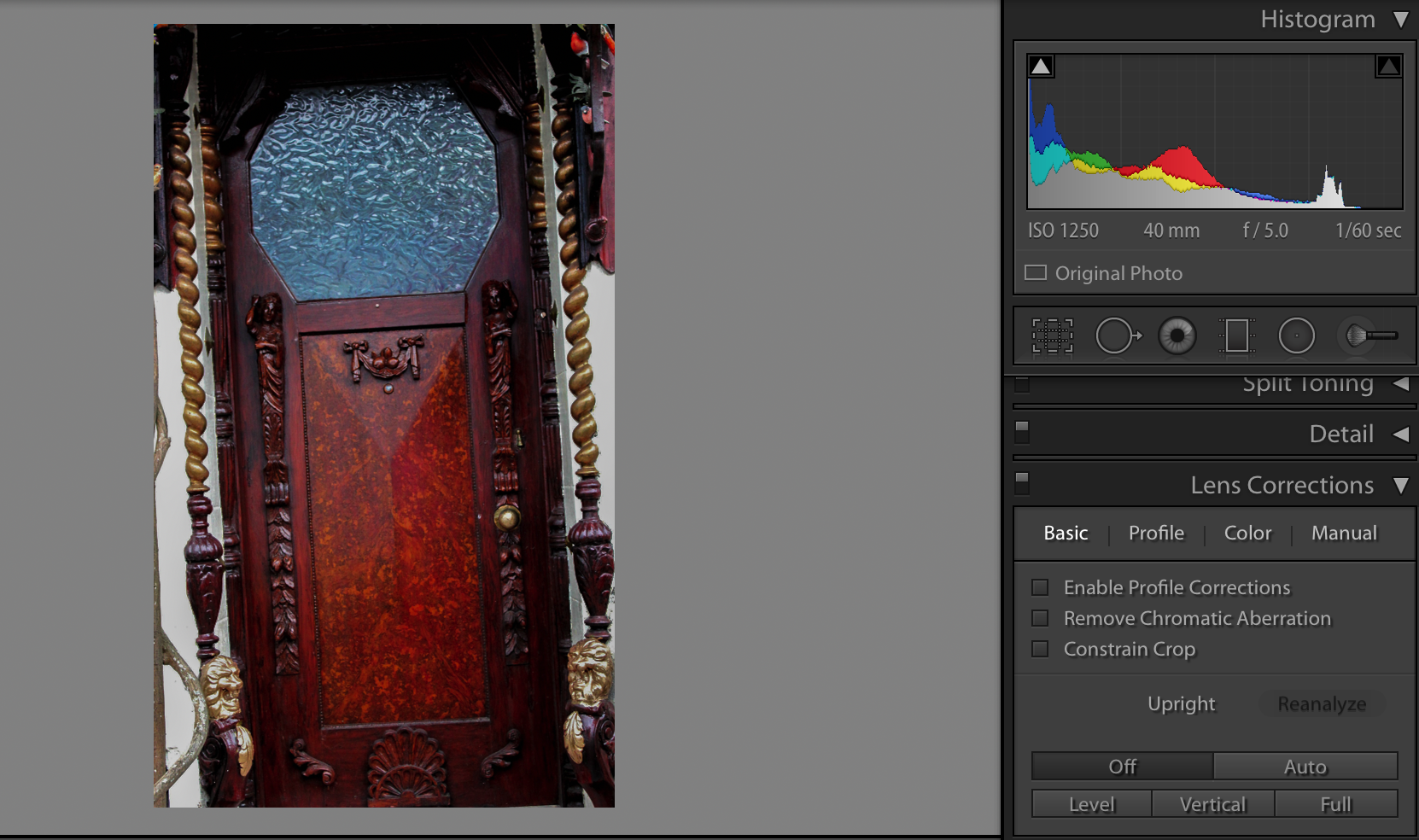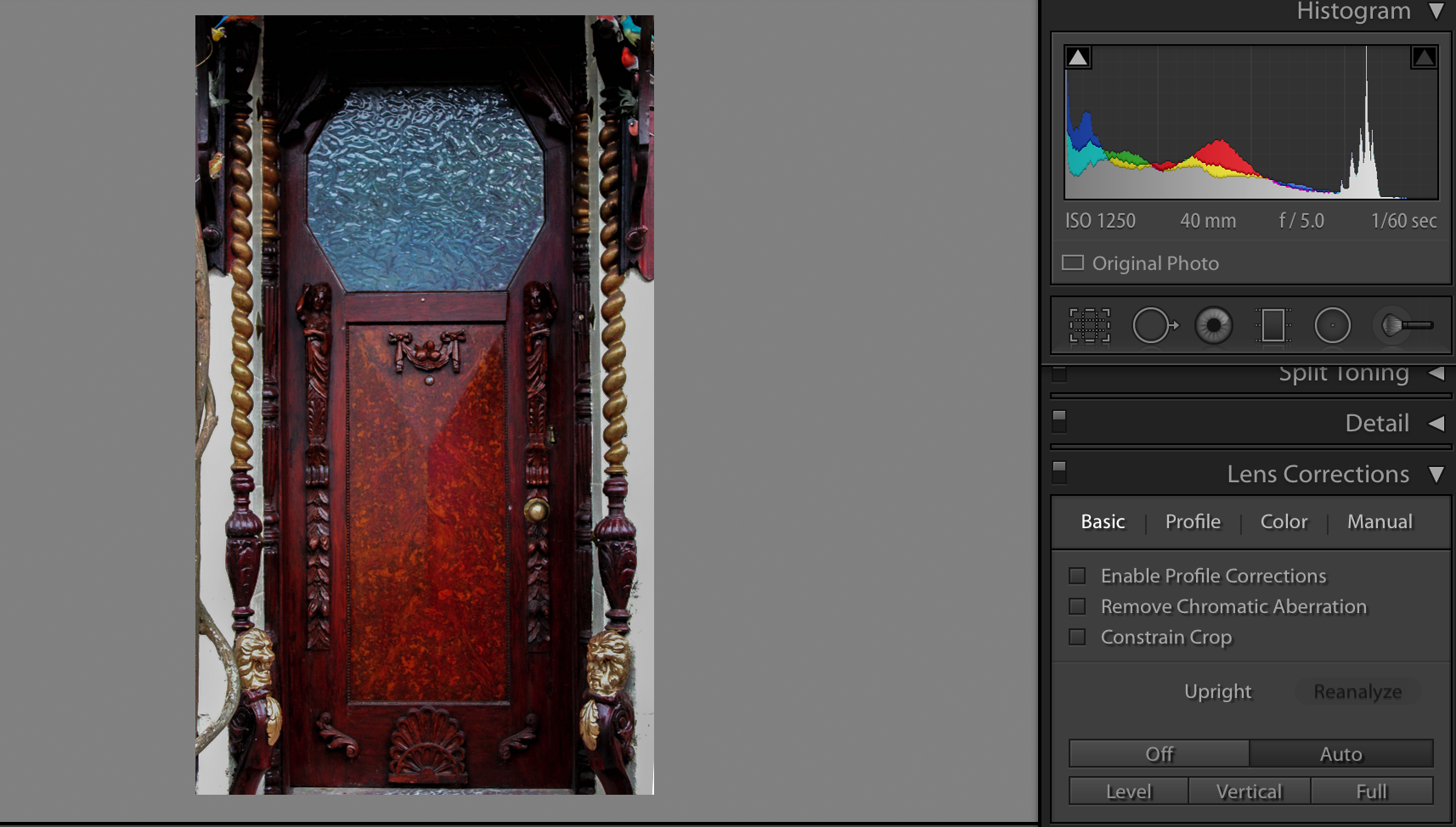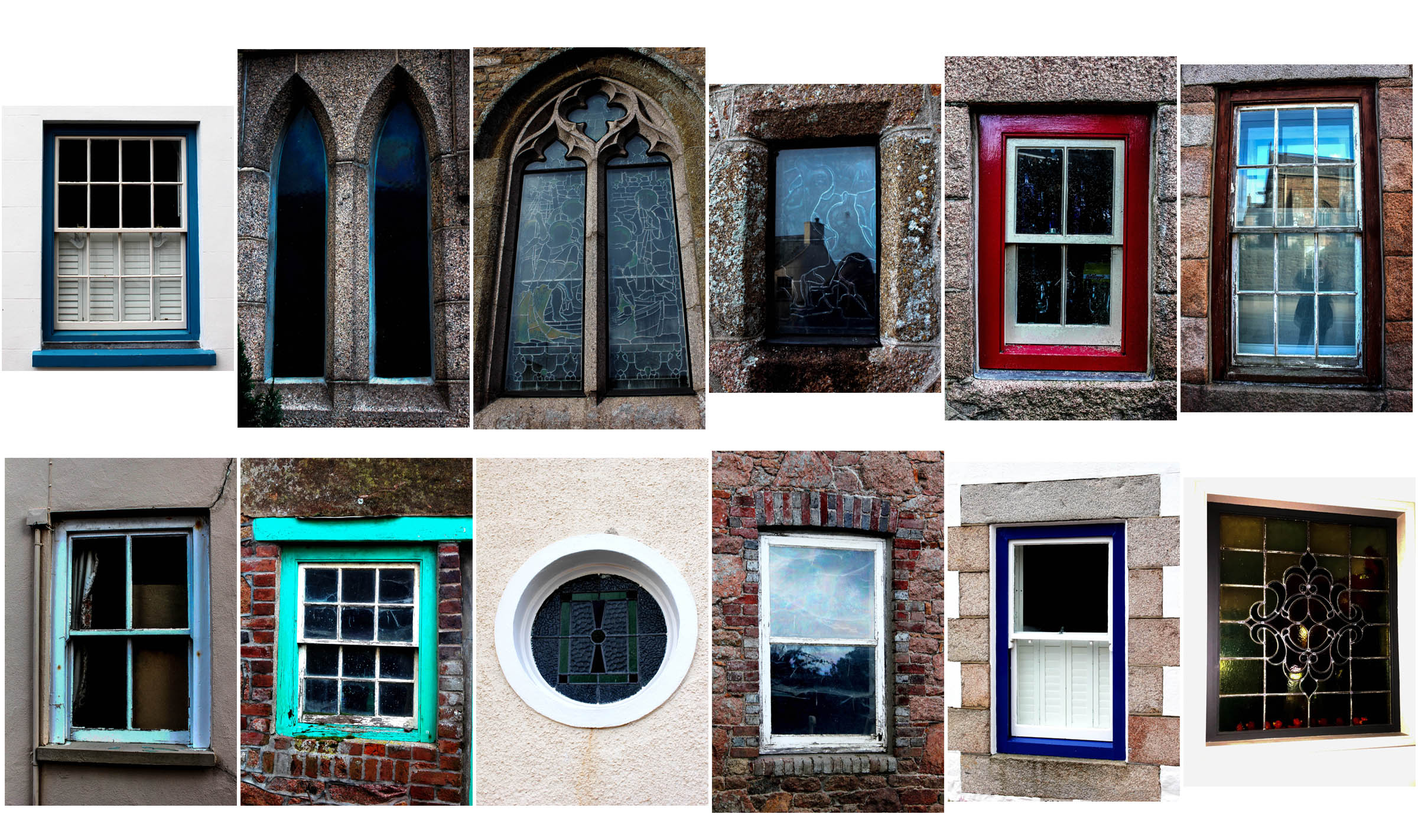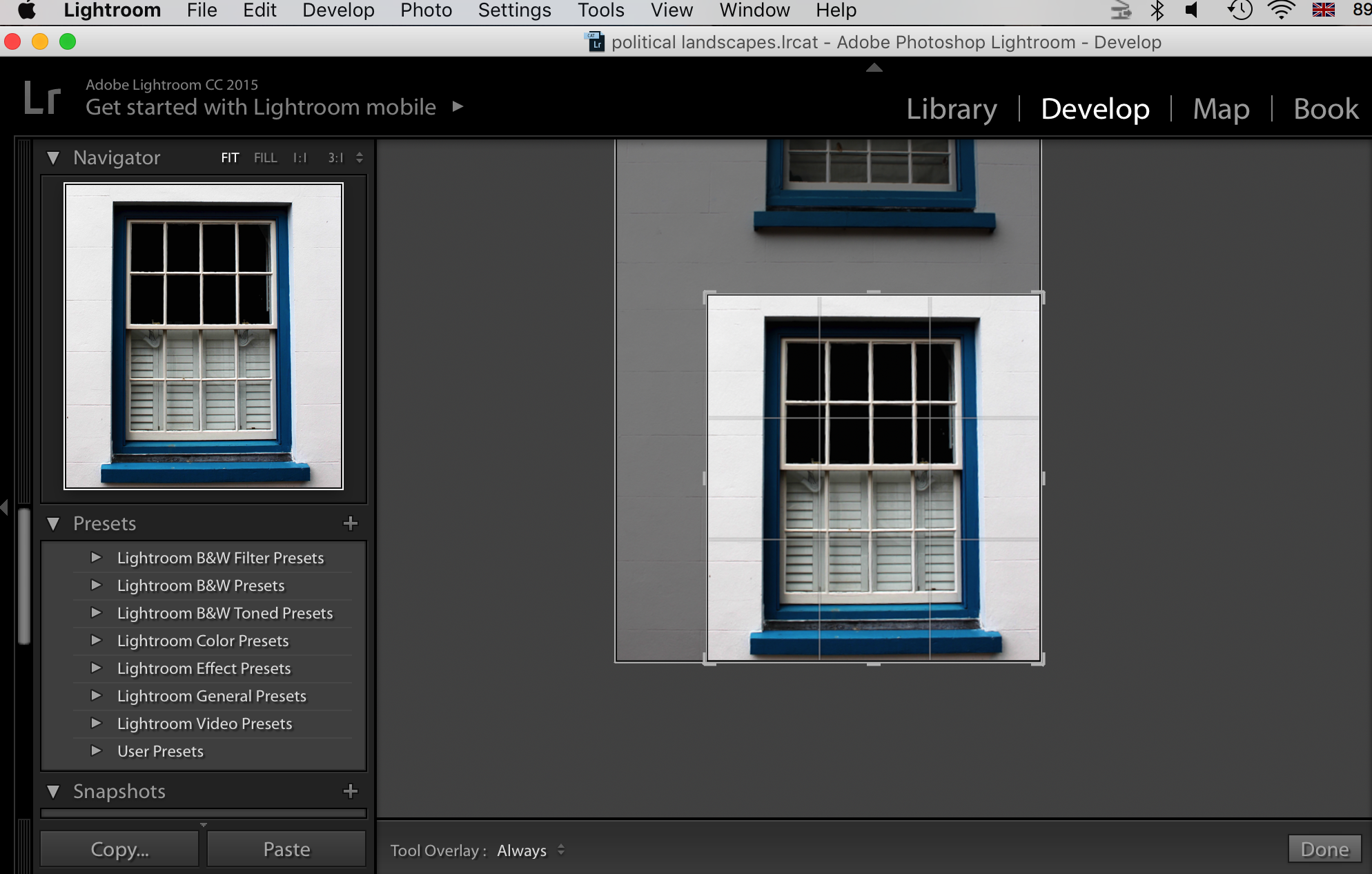August Sander, born 17 November 1876 – 20 April 1964, was a German portrait and documentary photographer. Sander’s first book Face of our time was published in 1929. Sander has been described as “the most important German portrait photographer of the early twentieth century.”

Sander was born in Herdorf, the son of a carpenter working in the mining industry. While working at a local mine, Sander first learned about photography by assisting a photographer who was working for a mining company. With financial support from his uncle, he bought photographic equipment and set up his own darkroom.
He spent his military service (1897–99) as a photographer’s assistant and the next years wandering across Germany. In 1901, he started working for a photo studio in Linz, Austria, eventually becoming a partner (1902), and then its sole proprietor (1904). He left Linz at the end of 1909 and set up a new studio in Cologne.

In 1911, Sander began with the first series of portraits for his work People of the 20th Century.
His work includes landscape, nature, architecture, and street photography, but he is best known for his portraits, as exemplified by his series People of the 20th Century. In this series, he aims to show a cross-section of society during the Wiemar Republic. The series is divided into seven sections: The Farmer, The Skilled Tradesman, Woman, Classes and Professions, The Artists, The City, and The Last People (homeless persons, veterans, etc.). By 1945, Sander’s archive included over 40,000 images.
Image Analysis

I haven chosen this photograph of Sanders to analyse because this photograph is a similar style to the type I want to photograph in my third photoshoot, a model in a open natural landscape. I like this photograph because the backdrop of the fields creates an interesting effect in the way that the fields create a very nateral backdrop, its very simple and allows as much attention on its self as the model, creating a perfect balance. The model is an interesting factor in the photograph, oppose to being stood still, lifeless, he is stood in an intriguing pose, creating a more engaging photograph. The texture of the mud creates a noticeable contrast within its self and the model and fields, dividing the photograph into sections, allowing there to be more to look at within the photograph. In conclusion this photograph is simple but engaging and similar to what I hope to photograph myself for my project.




